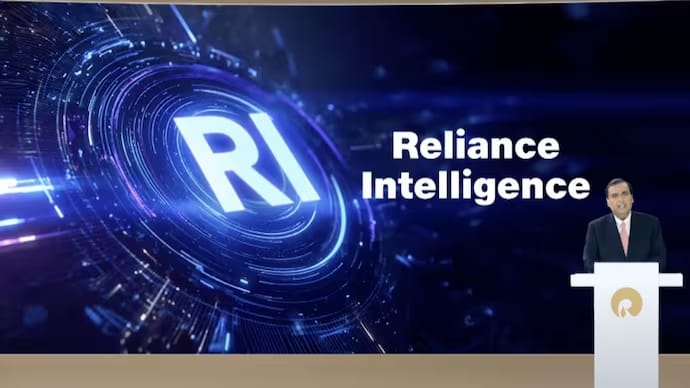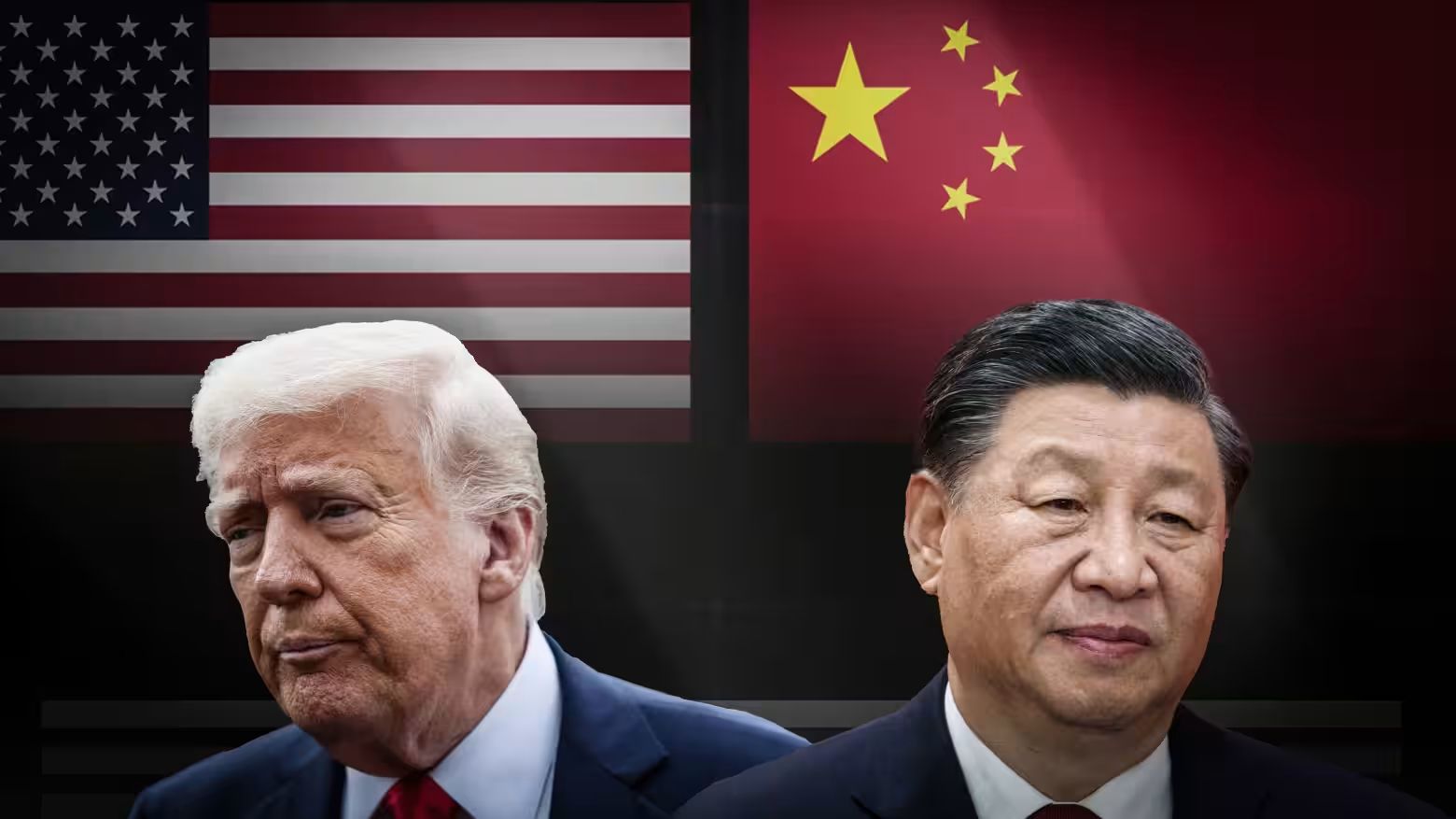- Up n' Running
- Posts
- 🛢️ Oil, Allies, and Awkward Politics
🛢️ Oil, Allies, and Awkward Politics
PLUS: Reliance’s $15B AI Bet
Good morning. We missed you 💗
Please like, share and subscribe so we don’t lose touch again 💌
Ruchirr Sharma & Shatakshi Sharmaa
TABLE OF CONTENTS
Bite-sized summaries
🧑🍳 What else is cookin’?
OIL AND GAS
For two years, India has been one of Russia’s biggest lifelines — snapping up discounted oil that the West shunned after the Ukraine war. That strategy helped New Delhi keep fuel prices stable at home while quietly annoying Washington, which sees every Indian barrel of Russian crude as money flowing to Putin’s war chest.
Now, U.S. President Donald Trump says that’s changing — completely. Speaking aboard Air Force One, Trump claimed India has agreed to stop buying Russian oil altogether, with China also “cutting back substantially.” If true, it marks a major geopolitical shift: the world’s fastest-growing energy market stepping away from one of its biggest suppliers.
But here’s the catch: India hasn’t confirmed any such move. Officials in New Delhi insist their energy policy will continue to serve “national interest” — diplomat-speak for “we’ll buy from whoever gives us a good deal.”
This tug-of-war isn’t just about oil; it’s about leverage. Trump has already doubled tariffs on Indian exports to 50%, adding a new 25% duty tied directly to Russian oil purchases. For India, that’s economic pain mixed with political pressure.
The bigger picture? Washington wants to tighten the screws on Moscow, while India is trying to stay non-aligned — balancing cheap oil, domestic inflation, and global expectations. The old status quo — buy Russian, smile at America — may be reaching its limits.
In short: one country’s “national interest” is another’s foreign policy headache.
Read more: Economic Times
TARIFFS
After years of tariff wars and tense tweets, it looks like the U.S. and China are finally inching toward a truce. Ahead of a high-stakes meeting between Donald Trump and Xi Jinping, both sides say a trade deal is “nearing.” That’s enough to calm jittery markets that have been watching the world’s two biggest economies toss tariffs like grenades.
For context: the U.S.-China trade relationship has been strained for years, with Washington accusing Beijing of unfair subsidies, forced tech transfers, and export curbs on critical materials. China, in turn, restricted shipments of rare earths — essential for everything from EVs to missiles — prompting Trump to threaten more tariffs.
Now, that threat is reportedly off the table. Trump’s Treasury Secretary says there’s a “successful framework,” and China’s negotiators say they’ve reached a “preliminary consensus.” The fine print isn’t clear, but it suggests both sides are ready to dial down the drama — at least for now.
Meanwhile, Trump used his Asia trip to flex some diplomatic muscle. He helped broker a ceasefire between Thailand and Cambodia and signed new economic frameworks with regional partners, part of a broader effort to reduce U.S. reliance on Chinese supply chains.
The bigger takeaway: Trump’s back in dealmaker mode. After months of tariffs, tantrums, and tension, Washington and Beijing seem ready to trade punches for handshakes.
Global markets? Breathing a cautious sigh of relief.
Read more: Economic Times
GENERAL OVERVIEW
🗞️ Bite-sized summaries

🧑💻 Bengaluru tech hubs plan - The Karnataka government plans to establish new technology hubs outside Bengaluru to ease congestion and improve commute times for the city’s 2.5 million tech professionals, over a million of whom work along the overcrowded Outer Ring Road (ORR). Deputy CM DK Shivakumar said the initiative follows discussions with industry leaders Kiran Mazumdar-Shaw and Mohandas Pai to jointly address infrastructure issues. A public progress dashboard will track key projects on roads, drainage, and traffic. With over 500 firms along the ORR generating Rs 1.5 lakh crore in exports, the government aims to decentralize growth and improve Bengaluru’s liveability and productivity.
🤖 Reliance’s $15B AI Bet - Reliance Industries is set to invest $12–15 billion in AI infrastructure, including a 1GW data centre, according to Morgan Stanley. Its new subsidiary, Reliance Intelligence, will lead the push across four pillars — infrastructure, partnerships, services, and talent. The company will underwrite about 25% of the datacentre’s capacity and lease the rest to hyperscalers under a “Datacenter as a Service” model. The first phase is underway in Jamnagar, alongside joint ventures with Meta and Google. Reliance’s AI strategy aims to integrate GenAI across energy, digital, and consumer verticals — potentially reshaping its business model and driving long-term growth.
HEADLINES
🧑🍳 What else is cookin’?
What’s happening in India (and around the world 🌍️)
India’s proposed AI content regulation aims to curb misuse, but risks overreach.
Novartis to acquire Avidity Biosciences for about $12 billion.
Trump raises tariffs on Canadian goods over Reagan advert.
You’re the best :)
It would mean the world to us if you shared this link with a friend!
P.S.: Up n’ Running can now be installed as an app on your phone! Here’s how:
Click on the banner above and select your browser of choice.
You will receive a pop-up saying “Install the app.”
Follow the instructions on that pop-up, and voila - you will now receive Up n’ Running updates directly to your phone! It’s also an easy way for you to access previous Up n’ Running editions at will.
That’s all for today folks - have a lovely day and we’ll see you tomorrow.


